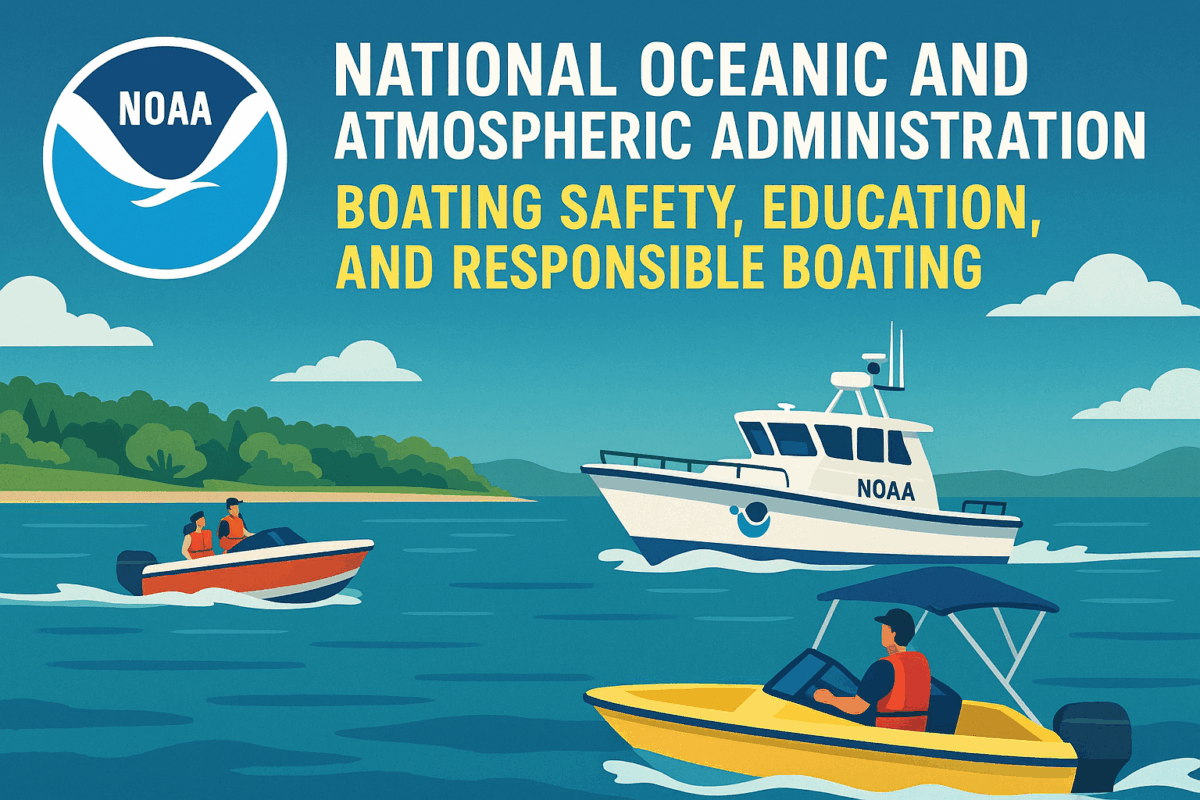Call: 1-800-832-7191

NOAA 8 Boating Safety Tips
NOAA 8 Boating Safety Tips Help Prevent Accidents and Save Lives
The NOAA 8 Boating Safety Tips offer practical advice for staying safe while enjoying time on the water. These tips cover essential topics like weather awareness, life jacket use, and emergency preparedness. Because boating conditions can change quickly, NOAA emphasizes planning ahead and staying informed. Boaters who follow these guidelines reduce risks and protect passengers. By practicing safe habits, you help ensure a fun and incident-free outing.
Know the Weather Before You Go
Check the marine forecast before launching your boat. Sudden storms or high winds can create dangerous conditions. NOAA recommends using reliable sources like Connecticut Boating Certificates’ Helm Boating Information for updates. Because weather can shift rapidly, monitor conditions throughout the day. If visibility drops or lightning appears, return to shore immediately. Staying alert helps prevent emergencies and keeps everyone safe.
NOAA 8 Boating Safety Tips Include Life Jackets and Communication
Wear a properly fitted life jacket at all times. Many accidents happen quickly, leaving no time to grab safety gear. Children and non-swimmers need extra attention, especially in crowded or unfamiliar waters. Additionally, carry a VHF radio or other communication device. Cell phones may lose signal offshore, so backup systems are essential. By preparing for the unexpected, you improve your chances of a safe return. None of us are stronger than the forces of mother nature!
Stay Sober, Alert, and Informed
Avoid alcohol while operating a boat. Impaired judgment and slower reaction times increase the risk of collisions and injuries. Designate a sober operator before departure. Also, learn local navigation rules and follow posted signs. Because waterways vary by region, understanding local hazards is crucial. These tips stress the importance of education and awareness. Responsible choices lead to safer boating experiences for everyone.
